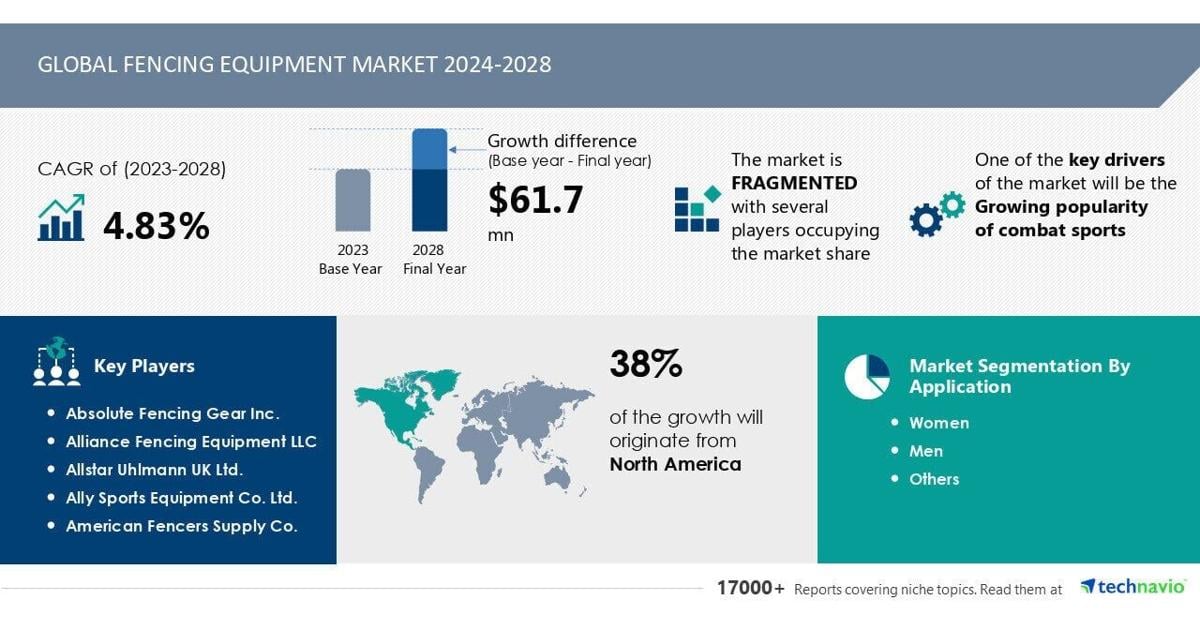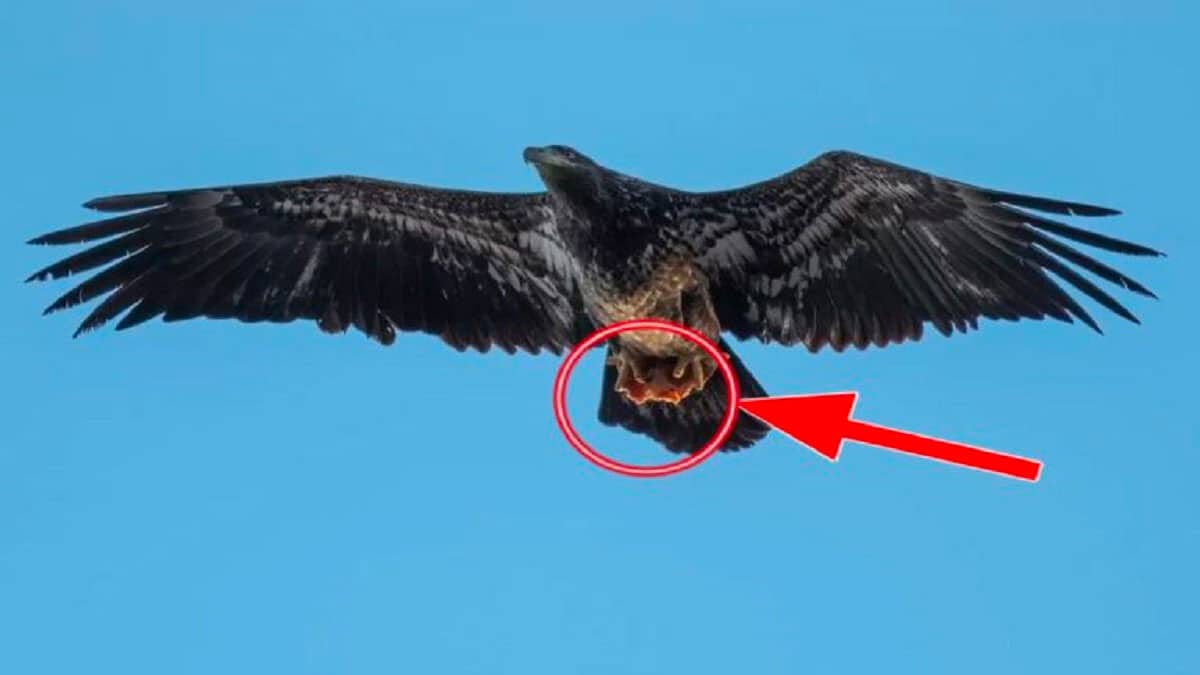The world of sports is ever evolving, and one sport witnessing substantial growth is fencing. Fencing has always held a special place within the sports world for its unique mix of physical and mental discipline. Now, recent estimates suggest that the Global Fencing Equipment Market is expected to grow by a whopping USD 61.7 million between 2024 and 2028, driven by the growing popularity of combat sports and advances in fencing technology.
A number of factors are contributing to this impressive growth. The increasing visibility and popularity of combat sports is undoubtedly having a significant impact. Additionally, with the advent of sophisticated technologies such as artificial intelligence (AI), the scope, reach and efficiency of the sport are being completely rewritten. Advancements in AI are driving market growth, giving birth to new trends. However, the high cost associated with fencing equipment poses a challenge to this growth.
One key aspect that stands out is the fierce competition among vendors in the marketplace. The market is filled with a plethora of key producers such as Absolute Fencing Gear Inc., Alliance Fencing Equipment LLC, Allstar Uhlmann UK Ltd., Ally Sports Equipment Co. Ltd., American Fencers Supply Co., and many other players, all vying to gain the upper hand through innovative product design and research and development initiatives.
Significant progress is being made in the development of advanced materials that are used in the manufacturing of fencing equipment. Maraging steel, for instance, is now a popular choice for sword production due to its long lifespan and high yield stress. Even fencing masks are witnessing technological advancements; manufacturers are rapidly moving toward the use of polymeric materials like Lexan-grade polycarbonate for clearer visibility and enhanced protection.
Other segments also include protective clothing which is undergoing an upgrade with high-strength polymers like ballistic nylon, offering increased durability and ability to withstand fences. The ability of such material developments to significantly improve the safety and efficiency of athletes during fencing events signals a bright future for the sport.
Additionally, the growth of the fencing market is also being driven by the rise in women’s participation in this sport. Fencing is an inclusive sport appealing to individuals of all age groups, offering equal opportunities for both genders to excel, irrespective of physical abilities. It is estimated that a 150-pound woman can burn approximately 400 calories during a fencing workout. Furthermore, women’s participation in fencing at the level of the Olympics has been ongoing since 1924, and is set to increase further.
However, the fencing equipment market does skirt several challenges. For instance, affordability and accessibility can be significant obstacles to adoption. Fencing is known to be an expensive sport, with considerable costs associated with equipment, lessons, maintaining equipment, and even association membership fees. Furthermore, catering to diverse demographic groups, each with its unique needs and preferences, adds another layer of complexity.
Nevertheless, despite these challenges, the future of fencing looks bright. With continuous advancements in technology along with rising health awareness among individuals, fencing is becoming a preferred choice for maintaining an active lifestyle. It caters to a blend of fitness activities, from Foil and Saber-style swords to Rapier-style swords, thereby providing a lucrative prospect for the growth of its equipment market.




